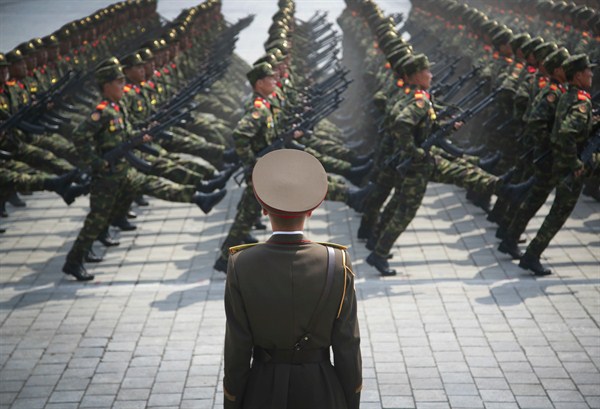In early 2003, with U.S. military intervention in Iraq increasingly likely, the Pentagon and U.S. Central Command had detailed plans in place to defeat Saddam Hussein’s military. But because the George W. Bush administration insisted that the invasion would be short and American troops rapidly withdrawn, military plans for stabilizing and reconstructing Iraq after the battlefield victory were woefully inadequate.
To remedy this, Conrad Crane and Andrew Terrill, two former U.S. Army officers on the faculty of the U.S. Army War College, led a study project that brought together a wide range of experts on both Iraq and military stabilization to assess what the American military might need to do after combat operations. The report they produced, titled “Reconstructing Iraq,” identified 135 tasks that the U.S. military, primarily the Army, might be ordered to perform after Saddam’s removal. The driving idea was that defeating the Iraqi armed forces would only be half the job. Strategic success required stability, reconstruction and the consolidation of a viable Iraqi political system.
Unfortunately the Pentagon and the White House ignored Crane and Terrill’s report, continuing to assert that American involvement in Iraq would be quick and low-cost. With hindsight, had the “Reconstructing Iraq” report been heeded, the U.S. military would have been better prepared for the traumatic years after Saddam Hussein’s removal from power. The lesson that American political leaders and military strategists should have learned from Iraq is that what comes after battlefield victory is as important as combat operations.

